Every year, All May See awards grants to Ophthalmology researchers to facilitate preliminary studies focused on novel approaches to discover the causes and treatments for a wide range of vision problems. In 2021, a total of $200,000 in award grants were provided for the following projects:
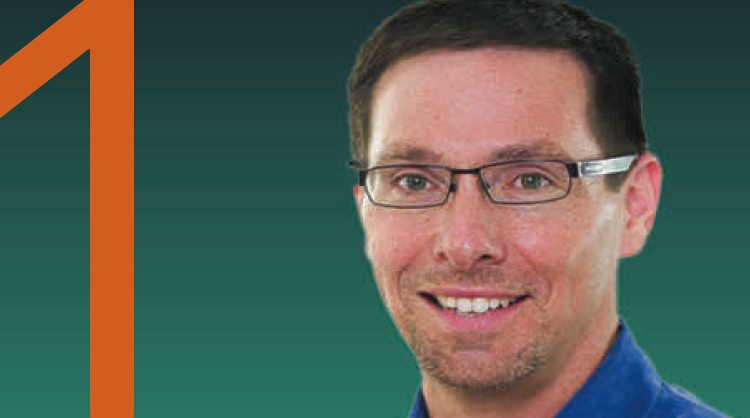 Project Title: National Eye Institute (NEI) Center Core Grant for Vision Research
Project Title: National Eye Institute (NEI) Center Core Grant for Vision Research
Principal Investigator: Erik Ullian, PhD
Findings: The acquisition of a state-of-the-art Zeiss LSM900 Airyscan 2 confocal microscope was made possible with NEI funds and a generous gift from Don and Judy McCubbin. This microscope is crucial for the success of numerous NEI-funded projects. To ensure its optimal performance, the All May See grant funds the cost of two additional years of service contract to maintain the microscope in excellent condition.
 Project Title: Elucidating Mechanisms of Visual Pathway Damage in Alzheimer’s Disease
Project Title: Elucidating Mechanisms of Visual Pathway Damage in Alzheimer’s Disease
Principal Investigator: Alexander Smith, PhD
Findings: The research discovered that amyloid beta peptides associated with Alzheimer’s Disease accumulate in the optic nerve and the sclera. These findings offer a novel mechanistic explanation for vision loss in Alzheimer’s disease. Dr. Smith intends to seek National Institutes of Health (NIH) funding to further this research in collaboration with the National Institute on Aging.
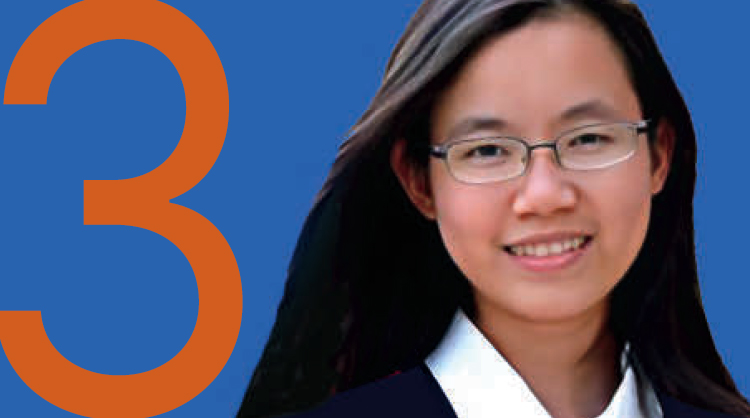 Project Title: Mechanisms of Retinal Degeneration in Alzheimer’s Disease-Related Dementias
Project Title: Mechanisms of Retinal Degeneration in Alzheimer’s Disease-Related Dementias
Principal Investigators: Li Xuan Tan, PhD (Postdoctoral Fellow in the laboratory of Aparna Lakkaraju, PhD)
Findings: Dr. Tan’s investigation shed light on the mechanisms responsible for impaired visual function in frontotemporal dementia (FTD). The research discovered specific defects in energy production and metabolism in the tissue that nourishes and protects the retina, leading to inflammation and loss of the light-sensing cells of the eye, resulting in progressive visual deficits.
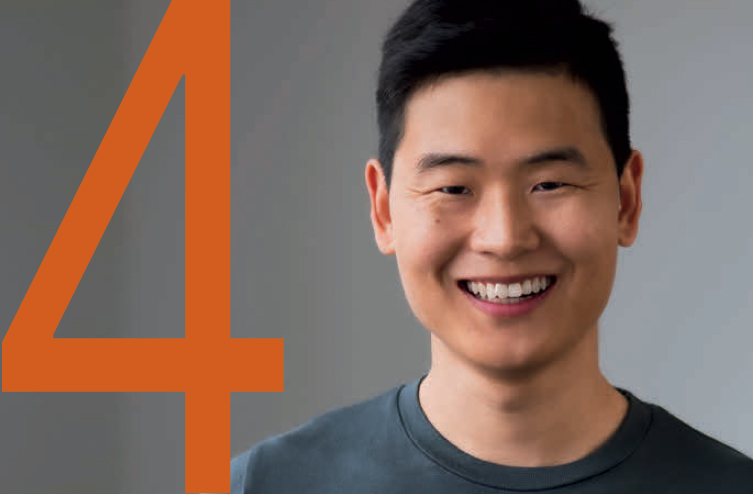 Project Title: Enabling Direct Correlation of Choroidal Blood Flow and Retinal Degeneration at the Single Vessel Level and Over Time Using Transscleral Multiphoton Microscopy
Project Title: Enabling Direct Correlation of Choroidal Blood Flow and Retinal Degeneration at the Single Vessel Level and Over Time Using Transscleral Multiphoton Microscopy
Principal Investigator: Henk Shang, PhD (Postdoctoral Fellow in the laboratory of Tyson Kim, MD, PhD)
Findings: The research team made significant progress in developing transscleral imaging and analytical methods to study changes in blood vessels within a genetic model of retinitis pigmentosa. Their findings revealed significant shrinking of blood vessels and diminished blood flow in diseased eyes, prompting further investigation into the correlation between these changes and the progression of retinal degeneration.
 Project Title: Transcutaneous Orbicularis Oculi Stimulation for Temporary Eyelid Closure
Project Title: Transcutaneous Orbicularis Oculi Stimulation for Temporary Eyelid Closure
Principal Investigators: Nailyn Rasool, MD (pictured) and Julie Schallhorn, MD, MS (not pictured here)
Findings: The principal investigators (PI‘s) successfully developed a prototype device in partnership with the Prototyping Lab at the Cleveland Veteran’s Administration Hospital. This prototype effectively induced temporary lid closure. The ability to induce lid closure will be extremely effective in patients with neurodegenerative conditions preventing lid closure as well as in patients with neurotrophic keratopathy. The goal is to prevent the development of thinning and ulceration of the cornea without permanent closure of the eyelid. The PI’s have also filed for intellectual property protection for this device design. Additionally, they established a connection with Israeli company Neurotrigger, who are working on a similar device to act as a blink pacer for patients with Bell’s palsy. Dr. Schallhorn joined their team as a consultant and aided in the development of plans to bring their device to the US, pending FDA approval.

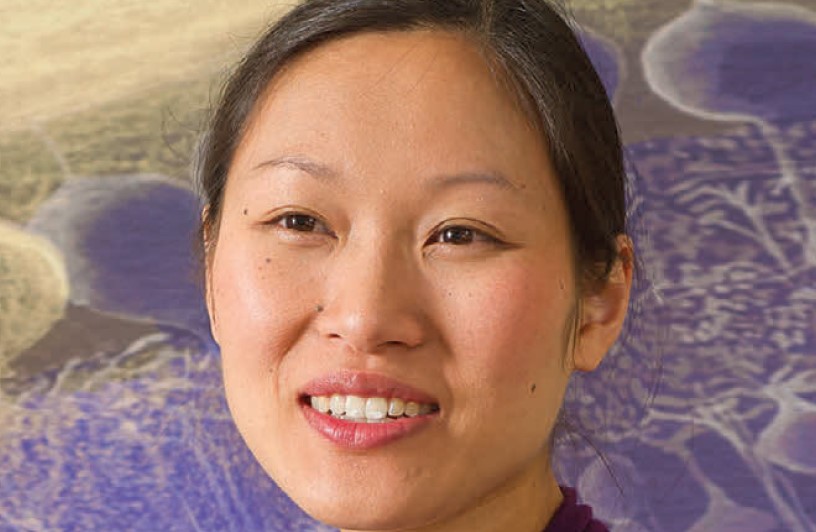
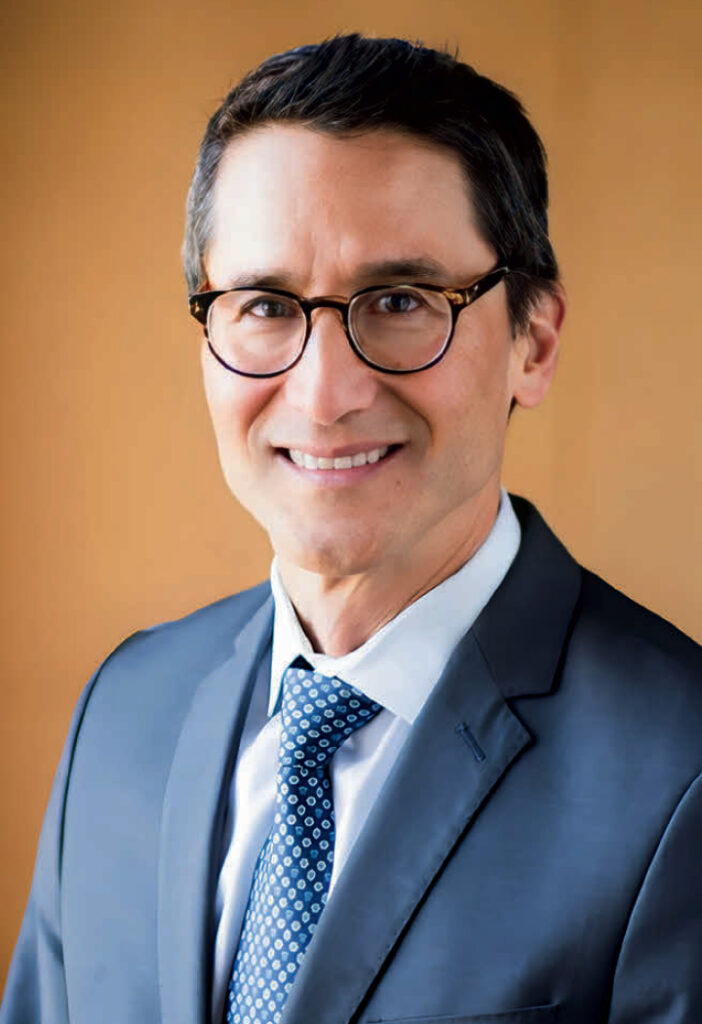 Juvenile X-linked retinoschisis (XLRS) is an inherited retinal disorder (IRD) that predominantly affects boys and men, arising in early childhood with potential blindness by their teens or adulthood. While there are few medication options for IRDs, XLRS responds well to carbonic anhydrase inhibitor (CAI) treatment. Treatment with eye drops has been effective but is unable to fully penetrate the eye and dependent on patient application. This project aims to develop a minimally invasive injectable device to provide CAI therapy for 6–12 months, offering a better treatment approach.
Juvenile X-linked retinoschisis (XLRS) is an inherited retinal disorder (IRD) that predominantly affects boys and men, arising in early childhood with potential blindness by their teens or adulthood. While there are few medication options for IRDs, XLRS responds well to carbonic anhydrase inhibitor (CAI) treatment. Treatment with eye drops has been effective but is unable to fully penetrate the eye and dependent on patient application. This project aims to develop a minimally invasive injectable device to provide CAI therapy for 6–12 months, offering a better treatment approach.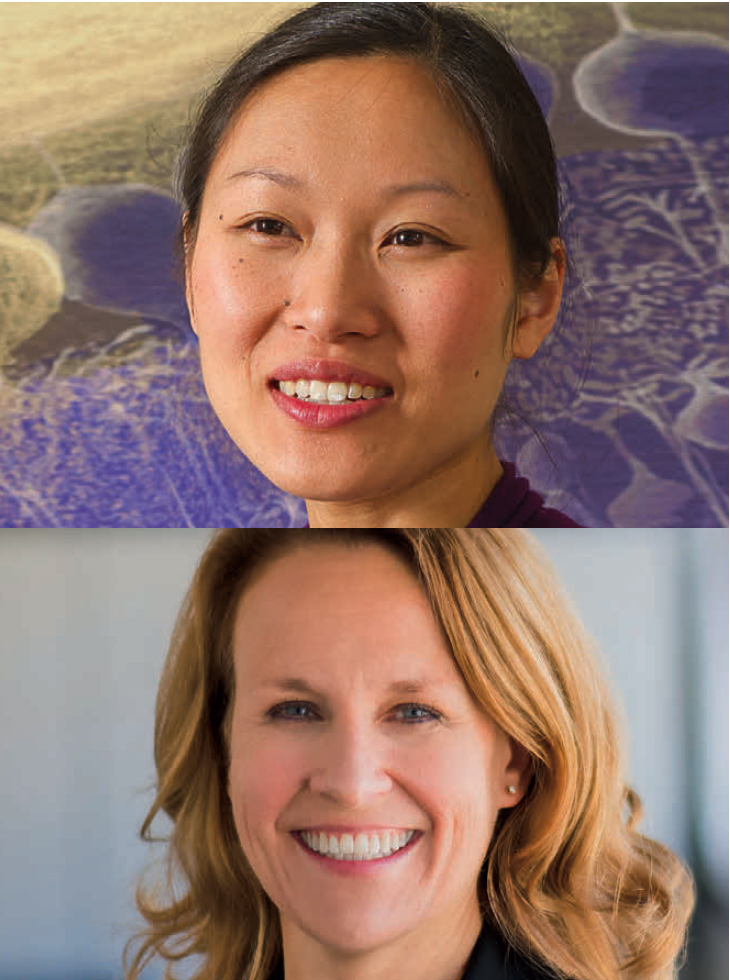
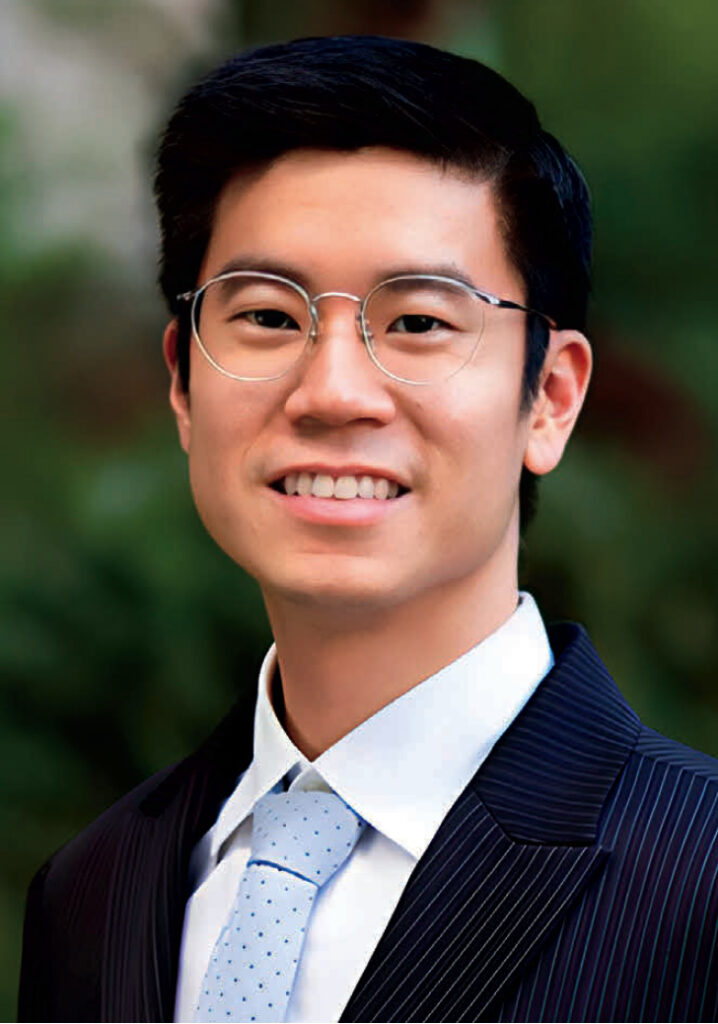
 Multiphoton Aqueous Flowmetry and Image-Guided Laser Therapy: Novel Approaches for Glaucoma Precision Medicine.
Multiphoton Aqueous Flowmetry and Image-Guided Laser Therapy: Novel Approaches for Glaucoma Precision Medicine. 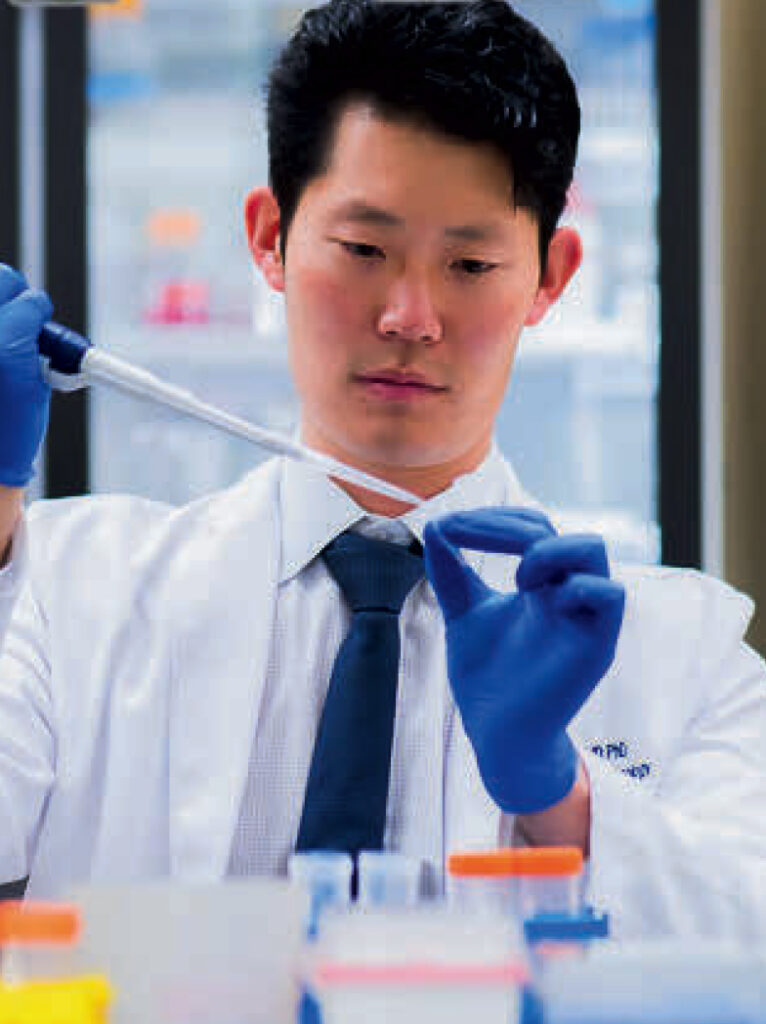
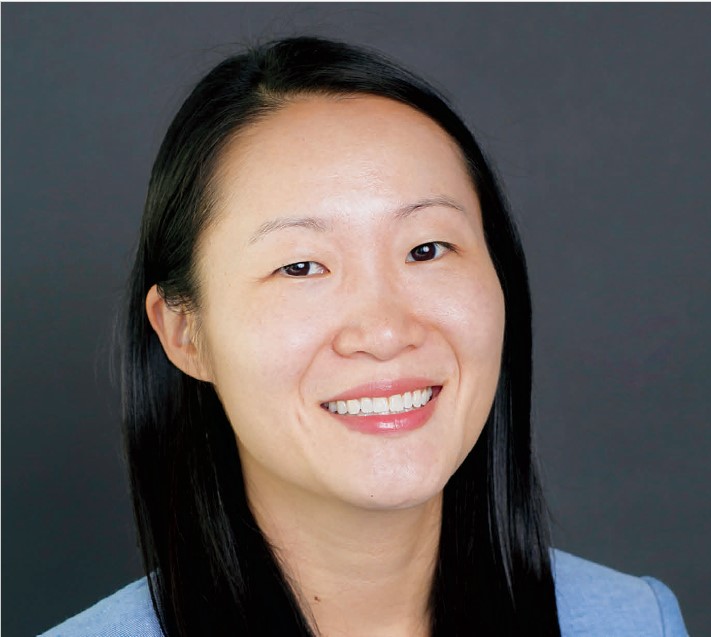
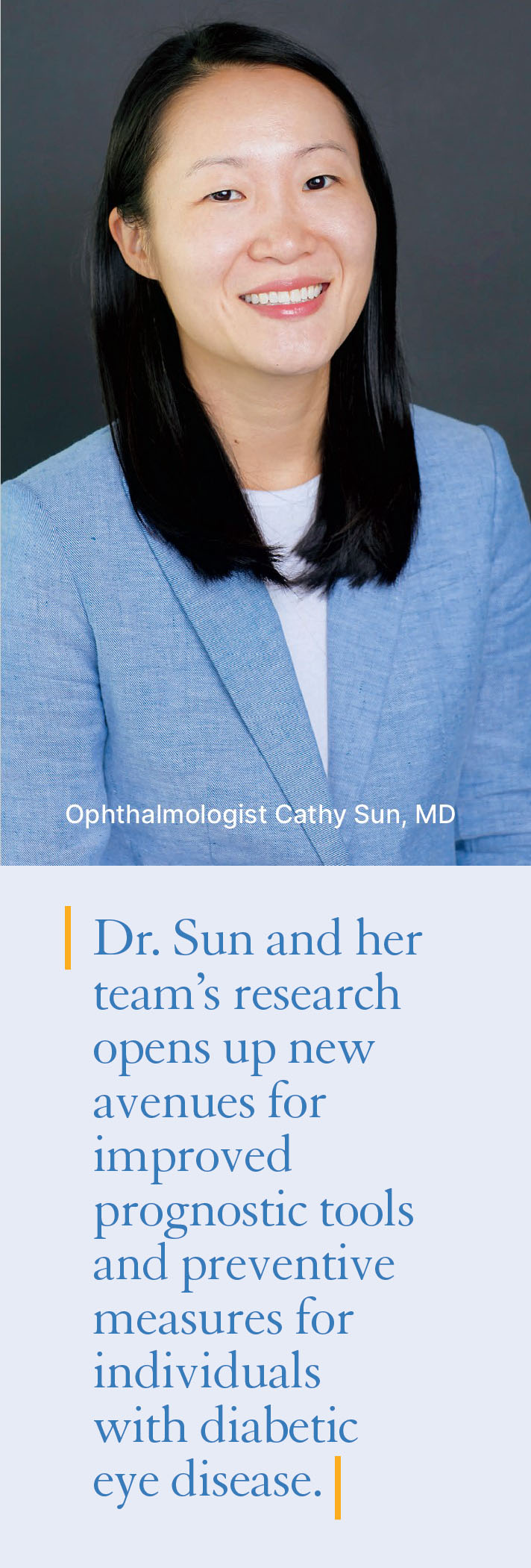 Diabetic retinopathy is a critical eye disease that poses a significant threat to vision if left untreated. To address the issue of inadequate preventive care and the absence of a reliable method to predict high-risk patients, ophthalmologist Cathy Sun, MD, and her team at UCSF embarked on a groundbreaking study. Their aim was to develop predictive models for the progression of diabetic retinopathy, enabling healthcare providers to implement timely interventions and prevent vision loss in affected individuals.
Diabetic retinopathy is a critical eye disease that poses a significant threat to vision if left untreated. To address the issue of inadequate preventive care and the absence of a reliable method to predict high-risk patients, ophthalmologist Cathy Sun, MD, and her team at UCSF embarked on a groundbreaking study. Their aim was to develop predictive models for the progression of diabetic retinopathy, enabling healthcare providers to implement timely interventions and prevent vision loss in affected individuals.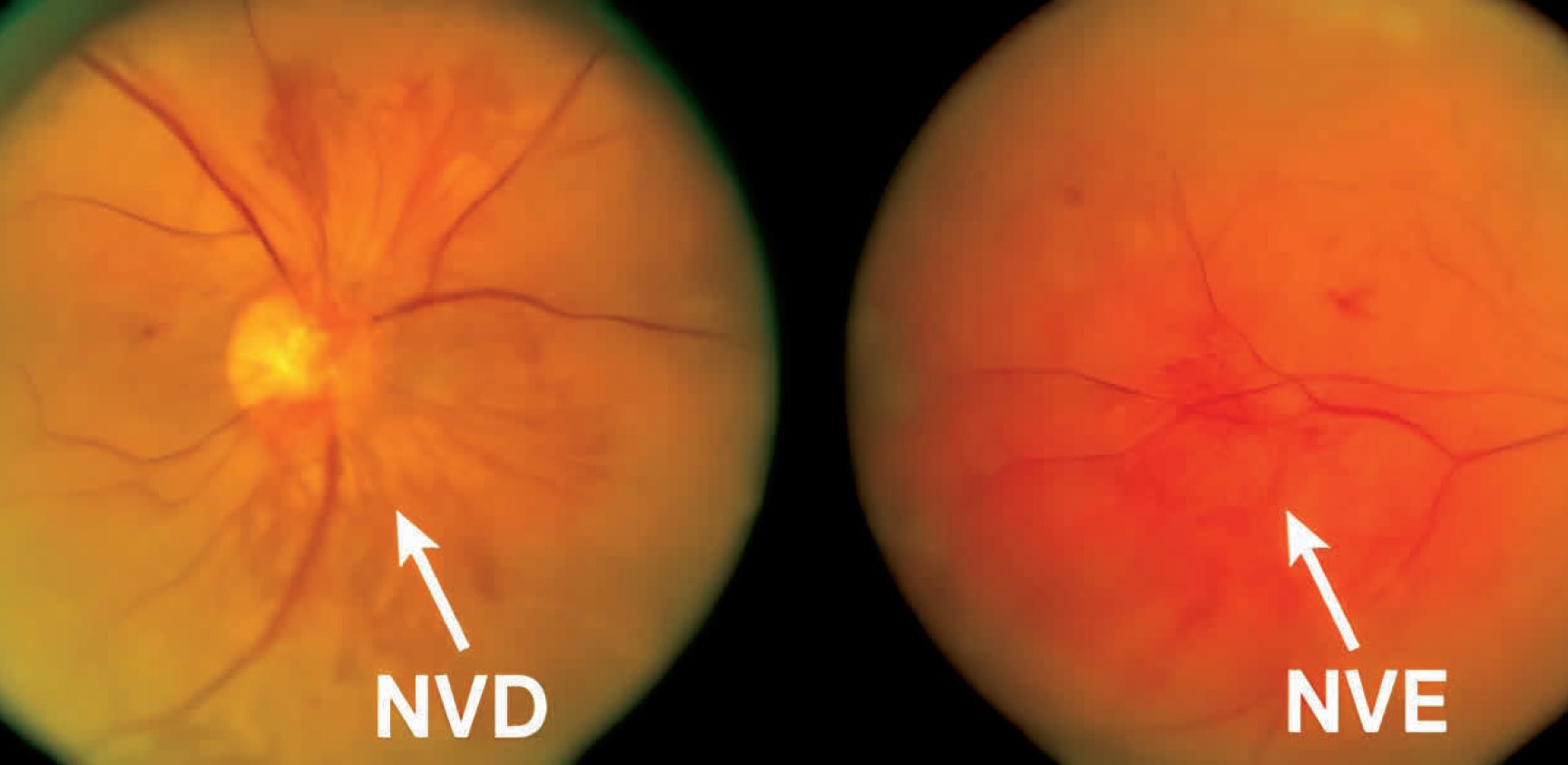
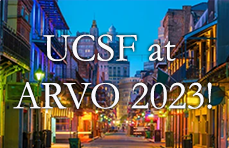
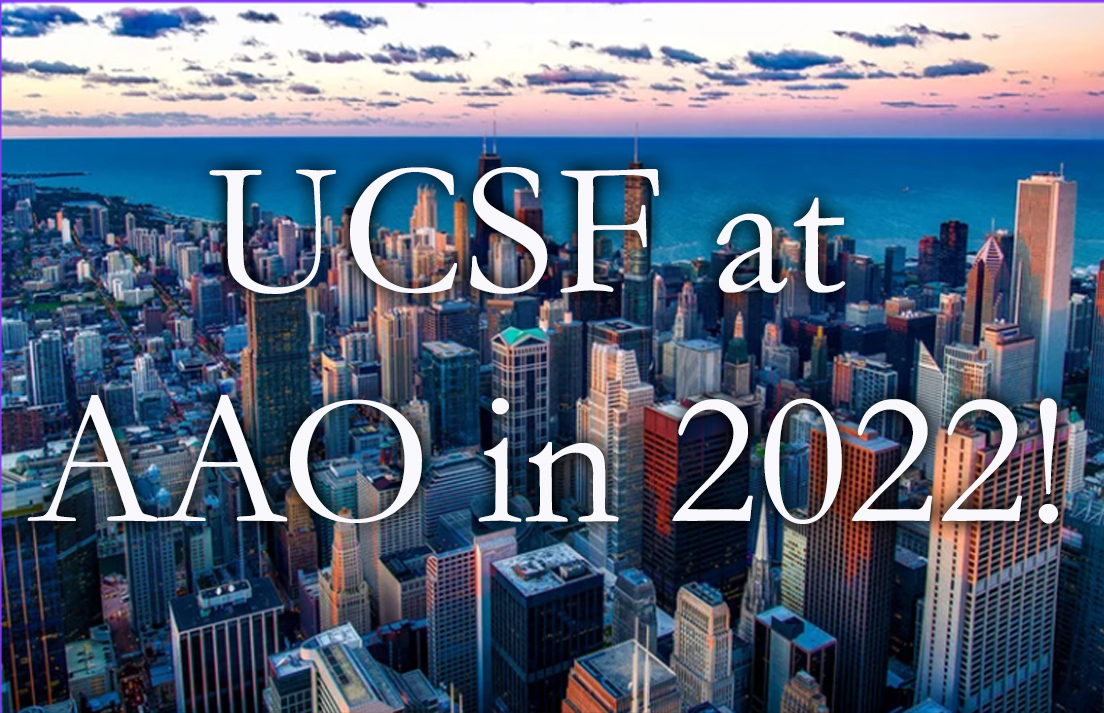
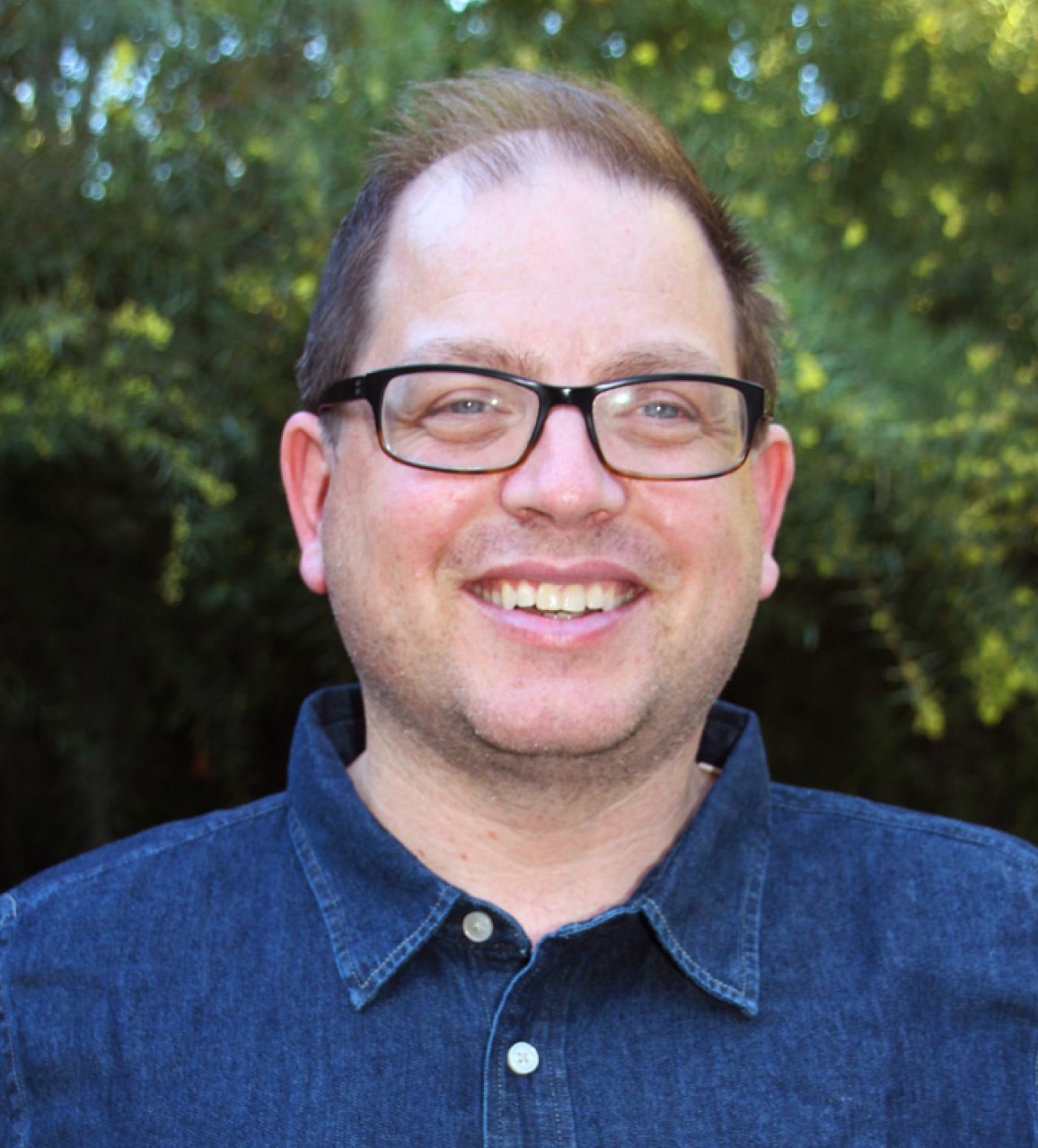
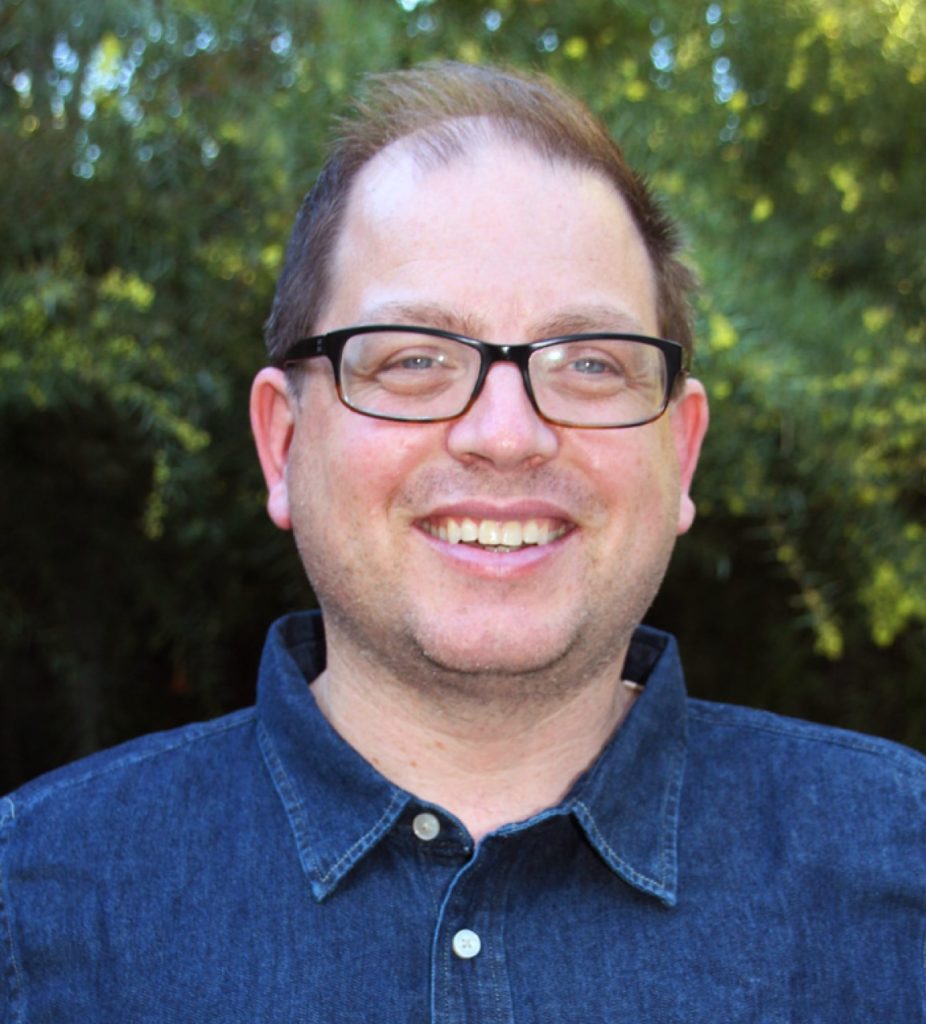 How did Hodgkin’s disease shape your career? I was a classic “Caltech nerd,” pursuing math and physics, when I was diagnosed with cancer. Fortunately, my treatment was effective, and I got a second chance at life. Becoming a clinician and medical researcher became my way of giving back.
How did Hodgkin’s disease shape your career? I was a classic “Caltech nerd,” pursuing math and physics, when I was diagnosed with cancer. Fortunately, my treatment was effective, and I got a second chance at life. Becoming a clinician and medical researcher became my way of giving back.
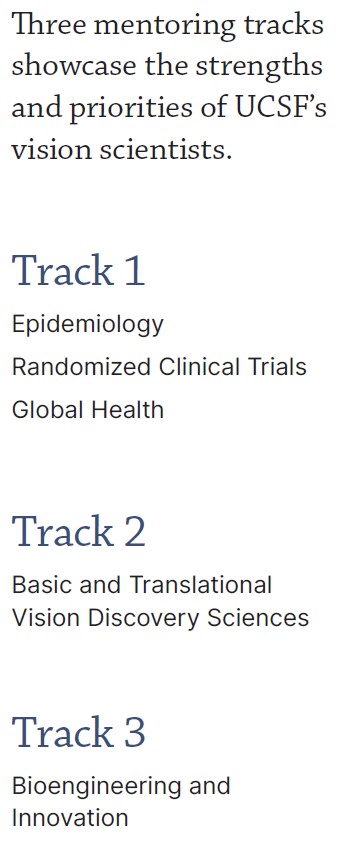 The UCSF-Proctor Clinician Vision Scholars K12 Program is a $2.5 million, five-year grant from the National Eye Institute (NEI), one of 27 institutes and centers that comprise the US National Institutes of Health. This grant provides institutional funding to train as many as ten young faculty members to achieve this same level of success. Co-led by Yvonne Ou, MD, and Tom Lietman, MD – both NEI grant awardees – the program builds on existing strengths and collaborations in clinical and translational sciences, bioengineering, and career development in the UCSF Proctor Foundation and Department of Ophthalmology.
The UCSF-Proctor Clinician Vision Scholars K12 Program is a $2.5 million, five-year grant from the National Eye Institute (NEI), one of 27 institutes and centers that comprise the US National Institutes of Health. This grant provides institutional funding to train as many as ten young faculty members to achieve this same level of success. Co-led by Yvonne Ou, MD, and Tom Lietman, MD – both NEI grant awardees – the program builds on existing strengths and collaborations in clinical and translational sciences, bioengineering, and career development in the UCSF Proctor Foundation and Department of Ophthalmology.